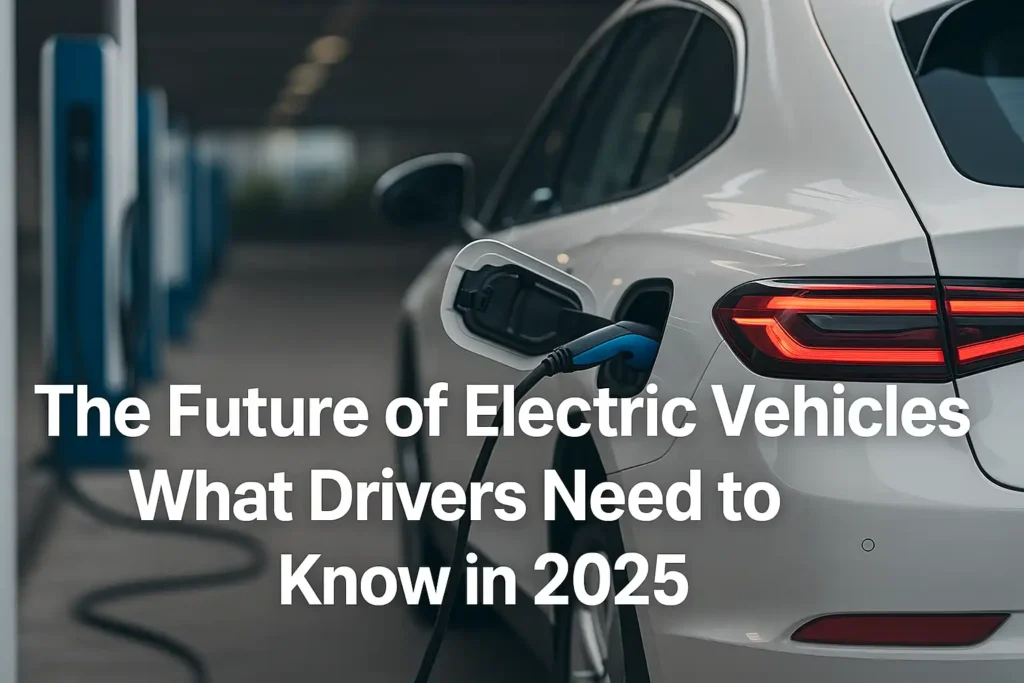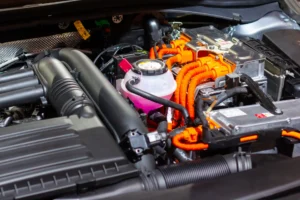The Future of Electric Vehicles: What Drivers Need to Know in 2025
Introduction
The automotive industry is rapidly transitioning toward electrification, and 2025 is shaping up to be a pivotal year for electric vehicles (EVs). With new technologies, government incentives, and an expanding charging infrastructure, the future of electric vehicles has never been more promising. In this guide, we’ll explore the latest EV trends, technological advancements, and what drivers need to know before making the switch to electric.
Why Electric Vehicles Are Gaining Popularity
Environmental concerns, rising fuel costs, and stricter emissions regulations have accelerated the adoption of EVs worldwide. According to the International Energy Agency, EV sales are expected to surpass 17 million units globally in 2025, marking a major shift in consumer preferences.
Key EV Trends for 2025
1. Longer Driving Range
One of the biggest hurdles for EV adoption has been range anxiety. However, automakers are now introducing models with 400–500 miles of range on a single charge. Brands like Tesla, Lucid, and Mercedes-Benz are leading the way in developing high-capacity batteries.
2. Faster Charging Technology
Charging an EV is getting quicker than ever. With ultra-fast DC chargers, some vehicles can reach 80% charge in under 20 minutes. The expansion of charging networks such as Electrify America and Tesla’s Supercharger system is making road trips easier and more convenient.
3. Affordable EV Models
As battery technology improves, prices are dropping. In 2025, more affordable EV options from major automakers like Hyundai, Ford, and Toyota will hit the market, making electric driving accessible to the average consumer.
4. Government Incentives and Tax Credits
Governments are pushing for zero-emission goals, offering tax credits and rebates to EV buyers. In the U.S., incentives can reach up to $7,500 depending on the model and manufacturer. Learn more from the official EV tax credit program.
The Role of Charging Infrastructure
Charging availability remains a top concern for potential EV owners. Fortunately, significant investments are being made in public and home charging solutions. Smart chargers and bidirectional charging (vehicle-to-grid technology) will also become standard, allowing EV owners to power homes and even sell energy back to the grid.
Emerging EV Technologies in 2025
- Solid-State Batteries: Offering faster charging times, higher energy density, and improved safety.
- Wireless Charging: Pilot programs are already underway, enabling EVs to charge without cables.
- Autonomous EVs: Self-driving electric cars will integrate advanced sensors and AI, making roads safer.
Challenges EV Owners Should Consider
While the EV market is growing rapidly, challenges remain:
- Higher upfront costs compared to gas-powered vehicles.
- Battery degradation over time.
- Charging availability in rural areas.
Tips for Drivers Planning to Switch to EVs
- Evaluate your daily driving range and compare with available EV models.
- Check local incentives and rebates to reduce purchase costs.
- Plan for home charging installation for convenience.
- Stay informed on battery warranties and maintenance plans.
Conclusion
The future of electric vehicles in 2025 is bright, offering improved range, faster charging, and affordable options. For drivers considering the switch, now is the time to explore EV models that align with your lifestyle and budget. With continued innovation and supportive policies, the era of sustainable driving is here to stay.
Read next: Top Car Safety Features Every Driver Should Have in 2025



